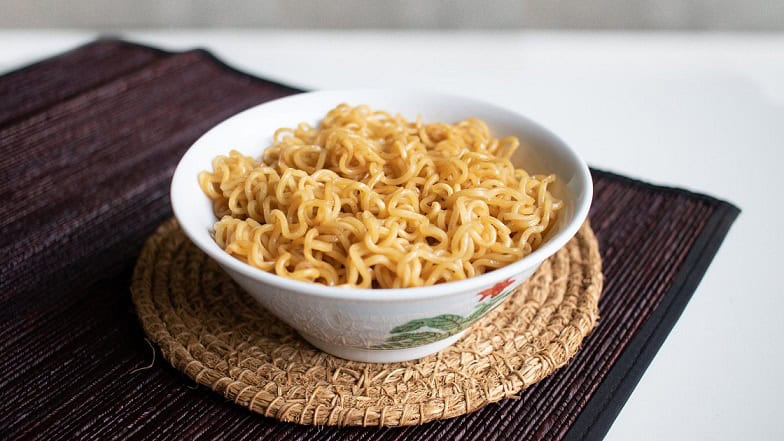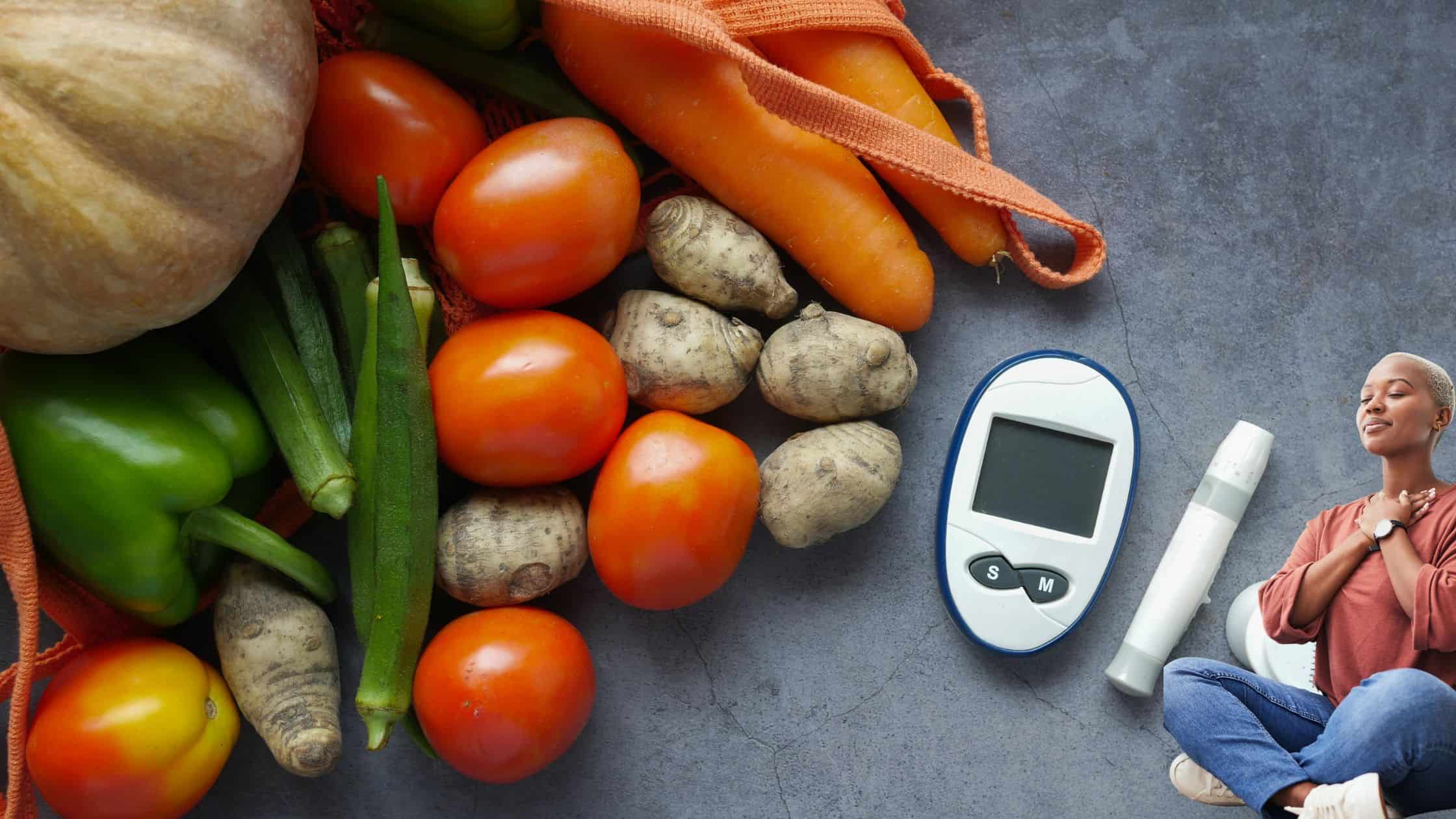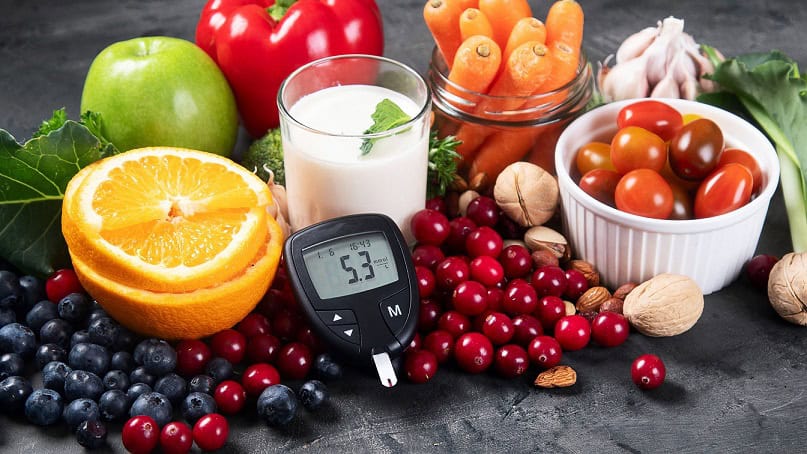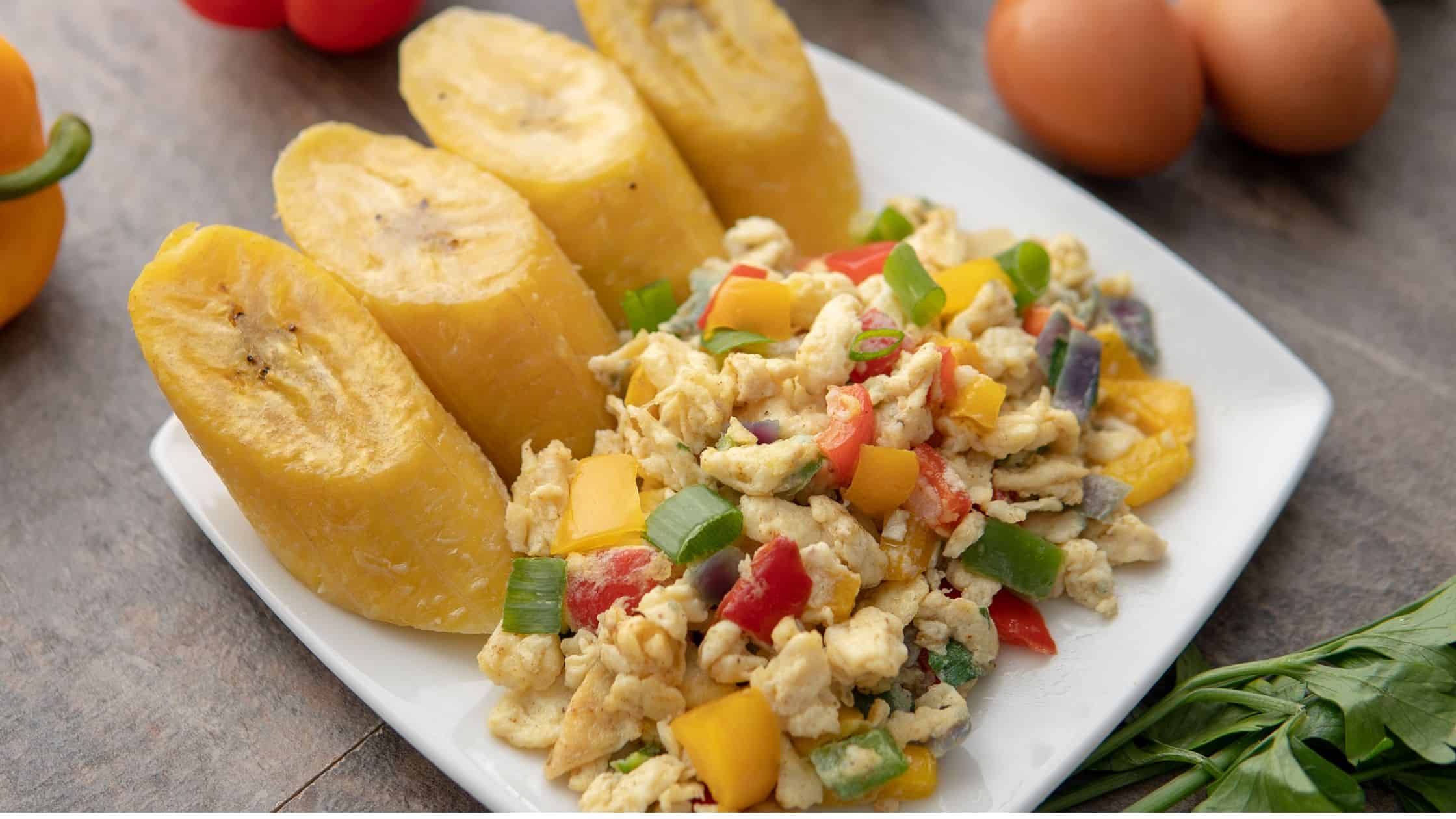Introduction
Diabetes affects over 11 million Nigerians according to health statistics, making it the country with the highest incidence of diabetes in sub-Saharan Africa. For many Nigerians managing Type 2 diabetes, the question “Is noodles good for Nigerian diabetics?” frequently arises, especially given the popularity of instant noodles as a convenient, affordable meal option.
The short answer is: Regular noodles are generally not recommended for diabetics due to their high carbohydrate content and potential to cause blood sugar spikes. However, understanding the nuances can help diabetics make informed choices about their diet and explore alternatives that support their health goals.
Understanding Diabetes and Carbohydrate Impact
Type 2 diabetes occurs when the body’s cells become resistant to insulin or when the pancreas cannot produce enough insulin to manage blood glucose effectively. Carbohydrates directly impact blood sugar levels because they break down into glucose during digestion.
According to diabetes management principles, individuals with diabetes should monitor their carbohydrate intake carefully. The American Diabetes Association suggests personalized meal plans, but general guidelines include:
- Low carbohydrate intake: Under 130g of carbs daily
- Very low carbohydrate intake: Under 30g of carbs daily
- Moderate carbohydrate intake: 130-225g of carbs daily
The Carbohydrate Content of Noodles
Most commercial noodles contain significant amounts of carbohydrates:
| Noodle Type | Serving Size | Total Carbs | Net Carbs* |
|---|---|---|---|
| Instant noodles | 1 serving (85g) | 50-60g | 48-58g |
| Regular wheat noodles | 1 cup cooked | 44g | 42g |
| Rice noodles | 1 cup cooked | 42g | 40g |
| Whole wheat noodles | 1 cup cooked | 37g | 31g |
*Net carbs = Total carbs – Fiber
Why Regular Noodles Are Problematic for Diabetics
Regular noodles can cause rapid blood sugar spikes due to their refined carbohydrate content. This is particularly concerning for diabetics who need to maintain stable blood glucose levels to prevent complications.
Processing and Added Ingredients
Most instant noodles contain:
- Refined flour that breaks down quickly into glucose
- High sodium content (often exceeding 1,000mg per serving)
- Preservatives and artificial additives
- Trans fats in some varieties
These factors make regular noodles incompatible with diabetes management goals.
Nigerian Context: Cultural and Economic Considerations
Popularity and Accessibility
Instant noodles like Indomie and MiMee Noodles have become increasingly popular in Nigeria due to:
- Affordability compared to other protein sources
- Convenience for busy urban lifestyles
- Long shelf life making them practical for storage
- Familiarity among younger generations
Economic Impact on Food Choices
Many Nigerians face economic constraints that influence dietary decisions. However, investing in proper diabetes management through dietcan prevent costly complications that may require expensive treatments later.
Healthier Alternatives for Nigerian Diabetics
Traditional Nigerian Low-Carb Options
The cookbook and diabetes reversal guide referenced suggest several Nigerian-friendly alternatives:
Vegetable-Based Noodle Substitutes
- Cucumber noodles: Spiralized cucumber as pasta substitute
- Cabbage noodles: Shredded cabbage cooked as noodle alternative
- Zucchini noodles: When available, excellent low-carb option
Traditional Swallows (Modified)
- Cabbage swallow: Made with blended cabbage and minimal oat flour
- Cucumber swallow: Using cucumber as primary ingredient
- Eggplant swallow: Low-carb alternative to traditional fufu
Protein-Rich Alternatives
| Alternative | Carbs per Serving | Benefits |
|---|---|---|
| Egg-based dishes | 1-3g | High protein, satisfying |
| Fish pepper soup | 5-8g | Traditional, nutritious |
| Vegetable soup with protein | 10-15g | Fiber-rich, filling |
| Cauliflower rice | 5g | Low-carb, versatile |
Strategies to Reverse Diabetes Naturally Through Diet
The Three Pillars Approach
Focus on these three key areas to naturally reverse Type 2 diabetes:
- Diet modification (low-carb/ketogenic approach)
- Regular exercise (at least 30 minutes, 5 days weekly)
- Intermittent fasting (various protocols available)
Get Our Diabetes Diary Guidebook to Reverse Type 2 Diabetes Naturally
Implementing Low-Carb Nigerian Meals
To reverse diabetes naturally, Nigerians can incorporate:
Traditional Soups (Modified)
- Vegetable soup with minimal thickeners
- Okra soup without corn starch
- Banga soup with cauliflower rice
- Bitter leaf soup with protein focus
Protein-Centered Meals
- Grilled fish with steamed vegetables
- Chicken pepper soup
- Egg-based dishes with leafy greens
- Tofu preparations for variety
You May Also Like:
Best Nigerian Breakfast for Diabetics
10 Best Fruits for Diabetic Patients
Practical Guidelines for Nigerian Diabetics
Reading Food Labels
When evaluating any packaged food, including noodles:
- Check total carbohydrates per serving
- Calculate net carbs (Total carbs – Fiber)
- Avoid products with added sugars
- Limit serving sizes based on your daily carb allowance
Blood Sugar Monitoring
Before incorporating any questionable food:
- Test blood sugar before eating
- Test 1-2 hours after eating
- Record results to identify personal tolerance levels
- Aim to keep post-meal readings below 140 mg/dL
Meal Planning Strategies
| Meal Component | Recommended Approach |
|---|---|
| Primary carbs | Limit to 20-30g per meal |
| Protein | Include with every meal |
| Healthy fats | Coconut oil, olive oil, avocado |
| Vegetables | Fill half your plate |
| Fiber | Prioritize high-fiber foods |
Economic Alternatives and Budget-Friendly Options
Cost-Effective Protein Sources
- Eggs: Versatile and affordable
- Local fish: Often more economical than imported options
- Chicken parts: Drumsticks and thighs offer good value
- Beans: When prepared properly (soaked overnight, eaten next day)
Vegetable Options
- Seasonal vegetables: More affordable and fresher
- Leafy greens: Spinach, ugu, waterleaf
- Cabbage: Versatile and budget-friendly
- Cucumber: Excellent for hydration and low carbs
Conclusion and Recommendations
Is noodles good for Nigerian diabetics? The evidence clearly indicates that regular noodles are not suitable for effective diabetes management. However, this doesn’t mean diabetics must feel deprived of satisfying, culturally relevant meals.
Key Takeaways:
- Regular noodles contain 40-60g of carbs per serving, making them unsuitable for diabetic diets
- Traditional Nigerian foods can be modified to create low-carb alternatives
- Vegetable-based noodle substitutes offer satisfying alternatives
- Focusing on protein and healthy fats supports better blood sugar control
Action Steps:
- Gradually reduce noodle consumption rather than eliminating abruptly
- Experiment with vegetable-based alternatives
- Monitor blood sugar responses to different foods
- Consult healthcare providers before making significant dietary changes
- Consider joining diabetes support programs for ongoing guidance
The path to managing diabetes effectively requires commitment and education, but with proper planning and creative cooking approaches, Nigerian diabetics can enjoy satisfying meals while maintaining healthy blood sugar levels. Remember, small consistent changes often lead to significant long-term health improvements.
Get Our Diabetes Diary Guidebook to Reverse Type 2 Diabetes Naturally
Disclaimer: The materials contained in this article are based on the author’s experience and research through credible sources. The statements presented here are meant to help you improve your sugar levels and reverse/prevent diabetes complications, reverse your Type 2 diabetes and put it in Remission, but results may vary from person to person. In no event will Boedirep be liable for damages of any kind whatsoever arising from the use or misuse of our books and articles. The information presented here should not be interpreted as medical advice. If you have any doubts or concerns related to your diabetic condition, we strongly recommend you seek the counselling of your doctor. You can contact us too.






